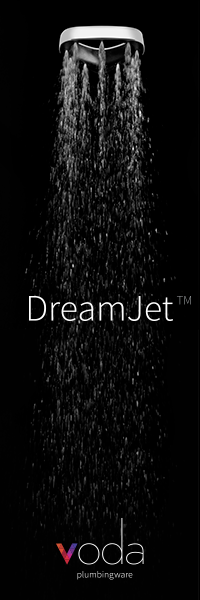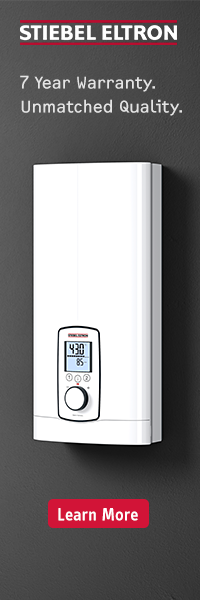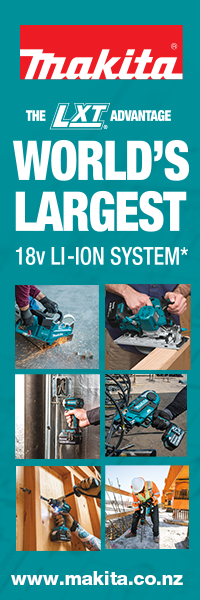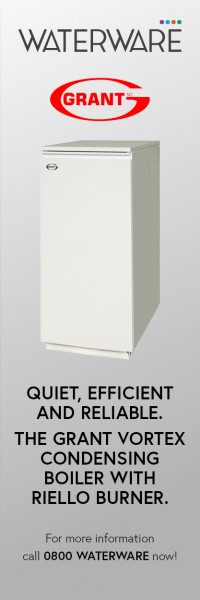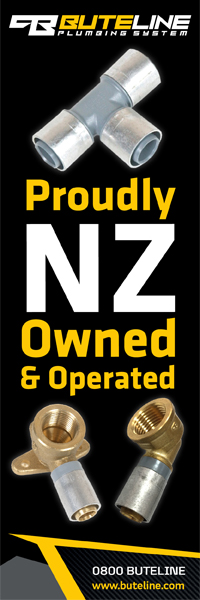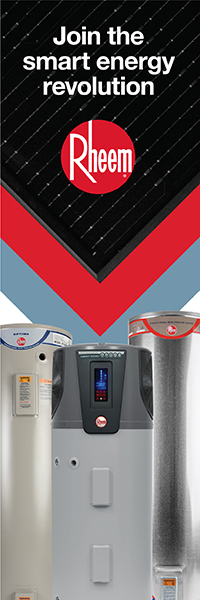Radiators and underfloor (hydronic) heating
11 July 2019
In New Zealand, anything from a plug-in heater to a wall-mounted heat pump is classed as ‘heating’, but these appliances typically only heat the room where they are installed.
Our houses have historically been poorly insulated and suffered significant heat loss, but with renovations to older properties and new builds being designed to retain heat, it could be time to consider upgrading your heating.
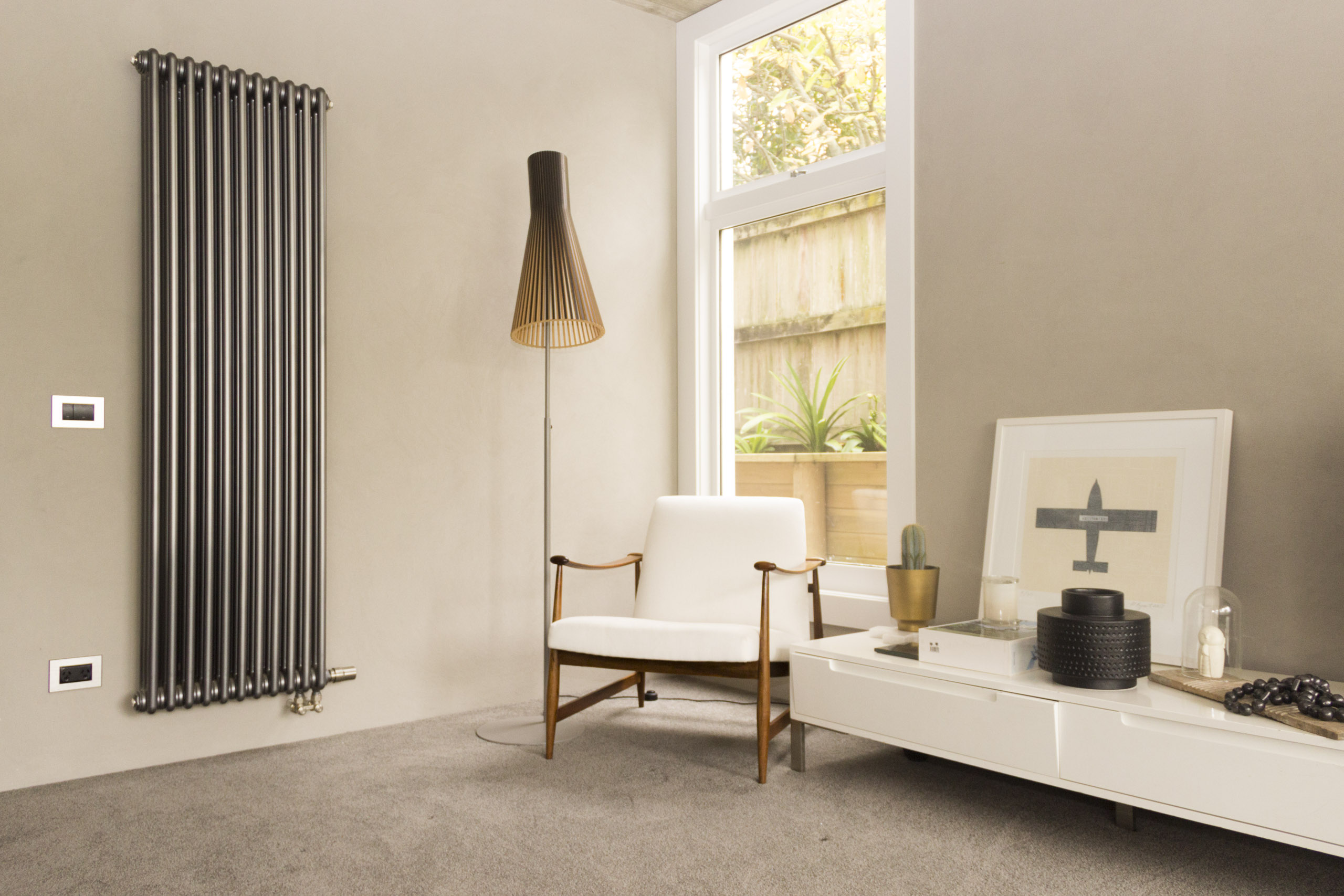
Radiators have come a long way and can now be customised to suit your home.
Hydronic heating is the technical name for water-based heating – a well-proven and effective method of uniformly warming the whole of your house or property, domestic or commercial, single or multi-storey. It can also be used to heat the household’s water.
Hydronic heating has 3 major components:
- a heat source located in a convenient place
- a system distributing the heated water (transferring heat from the main source)
- a feature to release the heat where it’s needed.
A control system monitors and controls the overall system.
Heat source
The heat source, or boiler, is the main component of any hydronic heating system, with many different options to choose from.
- Gas (Natural and LPG)
Condensing system or combi units ensure good efficiency ratings and can be located inside or outside your property.
- Diesel
Diesel units work much the same way as gas units and are available in condensing and non-condensing models plus both system and combi variants. External units are a popular option, taking the heat source out of the house.
- Heat pumps
These units extract heat either from the air or the ground outside the house and use this to heat water which is piped throughout the house. This renewable source can be used to heat water for central heating and domestic use. It is more suited for underfloor heating than radiators due to the ideal running temperature.
- Solid fuel
There are two main types of solid fuel boilers: atmospheric and gasification. These are a good choice for people with a plentiful wood supply at hand but can also run on wood pellets. Atmospheric boilers are natural draft flue whereas gasification boilers are fan controlled, leading to a clean burn process—making them more efficient.
Distribution
Heated water moves quietly from the boiler along a system of plastic pipes, control valves and pumps, spreading the heat throughout the house via an underfloor slab or to individual radiators. You can divide your house into several heating zones that can be heated at different times to different temperatures.
Heating your rooms
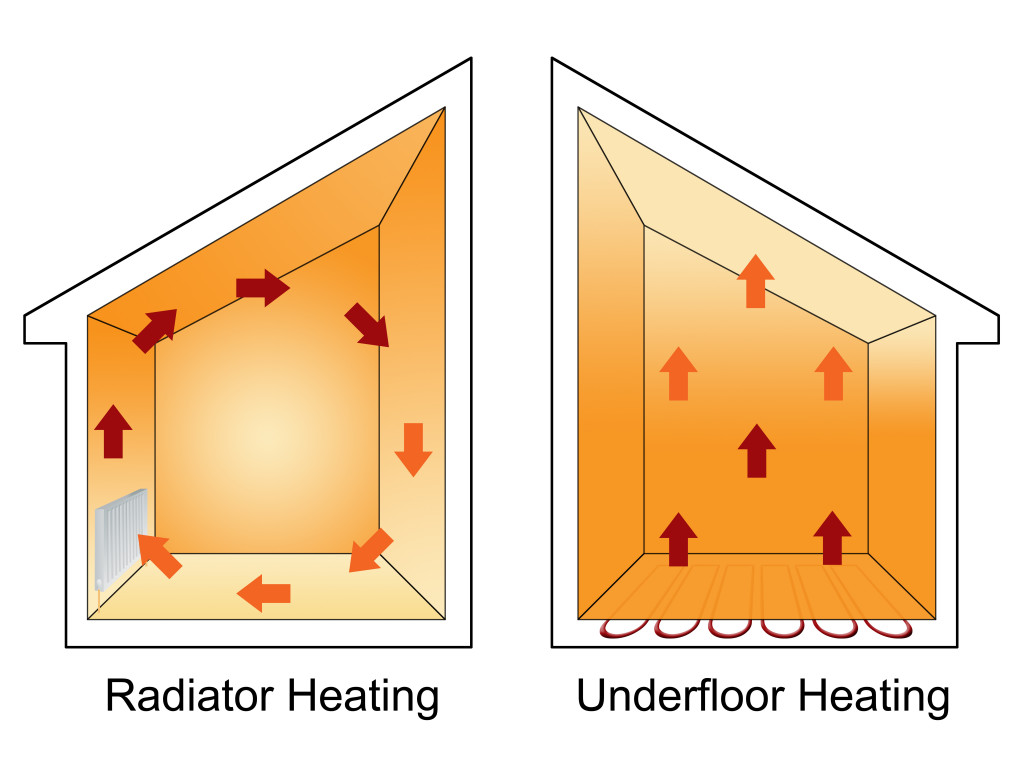 There are two main systems for releasing the heat into the house: radiators and underfloor heating.
There are two main systems for releasing the heat into the house: radiators and underfloor heating.
Radiator central heating is one of the most efficient ways to heat your home. Water transfers heat at a much higher rate than air, so water-filled radiators can heat a room in a matter of minutes. Wall-mounted radiators come in various sizes, shapes and designs.
Modern radiators provide 30% radiant and 70% convected (circulating) heat. A thermostatic control valve fitted to each radiator allows the temperature to be adjusted in each room.
Radiator heating can be retrofitted with connecting pipes run under timber floors, inside walls and over ceilings.
Underfloor heating is an ‘invisible’ heating system providing 60% radiant and 40% convected heat. It essentially turns the floor into a large heater sufficient to heat the entire room.
It can be retrofitted under timber floors or over existing concrete ones, but it’s usually formed by laying a grid of pipes before a concrete floor slab is poured. The heated water is circulated through the pipe grid, warming the concrete floor.
A well-designed underfloor heating system working efficiently enables low temperature and eco-friendly heat sources to perform at their best and reduce carbon emissions. Once up and running, it is virtually maintenance-free.
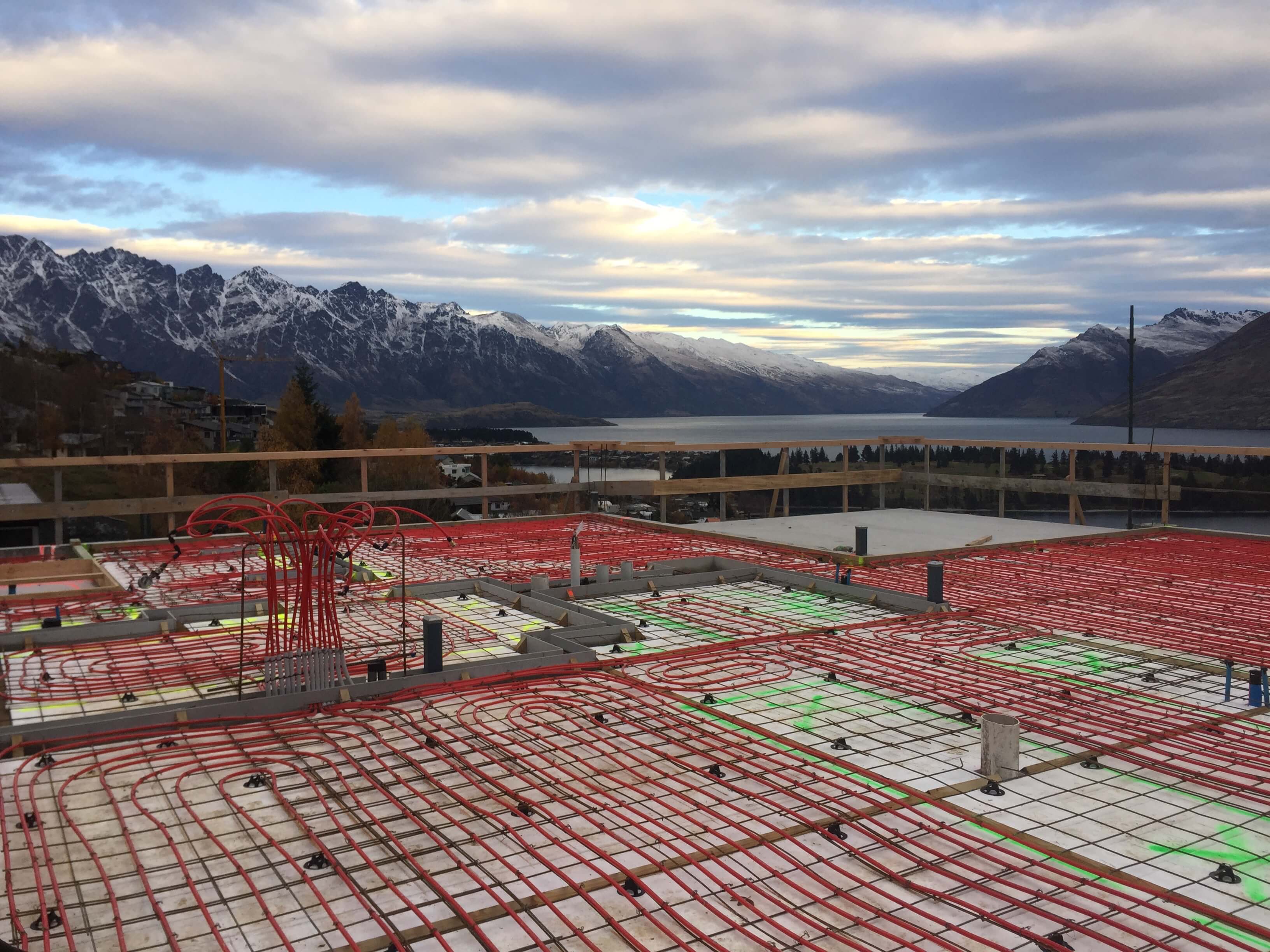
A Queenstown underfloor central heating installation.
Controls
Controls can take many forms from standard dial thermostats to smart thermostats.
The more advanced control systems for domestic central heating, generally known as smart heating controls, allow you to manage your heating remotely from a computer, tablet or smartphone.
An automated heating control system works out when to turn on the heating based on whether there is anyone in the building or approaching the building. It may use sensors in the home to learn your habits or track a phone’s location to decide when to turn on the heating.
Weather compensation controls use a small outdoor sensor to automatically adjust the system controls to compensate for changes in outdoor temperature.
Running and installation costs
Installation costs vary from $13,000 to more than $30,000 depending on your house and which system you choose. Running costs can vary again depending on the house and system.
Heat-pump systems usually have the lowest running costs. However, if your house is connected to mains gas, a gas system may be the most cost-effective combination of installation and running costs.
To determine which option is best for you, talk to Master Plumbers or New Zealand Institute of Central Heating (NZICH) members in your area. Be sure to get two or three quotes before deciding how to proceed.
Find your local Master Plumber here
Or contact NZICH here

This blog has been adapted from an article written by Paul Woodgate, Secretary of The New Zealand Institute of Central Heating (NZICH) in NZ Plumber magazine, Apr/May 2019 issue.
READ NZ PLUMBER MAGAZINE HERE


